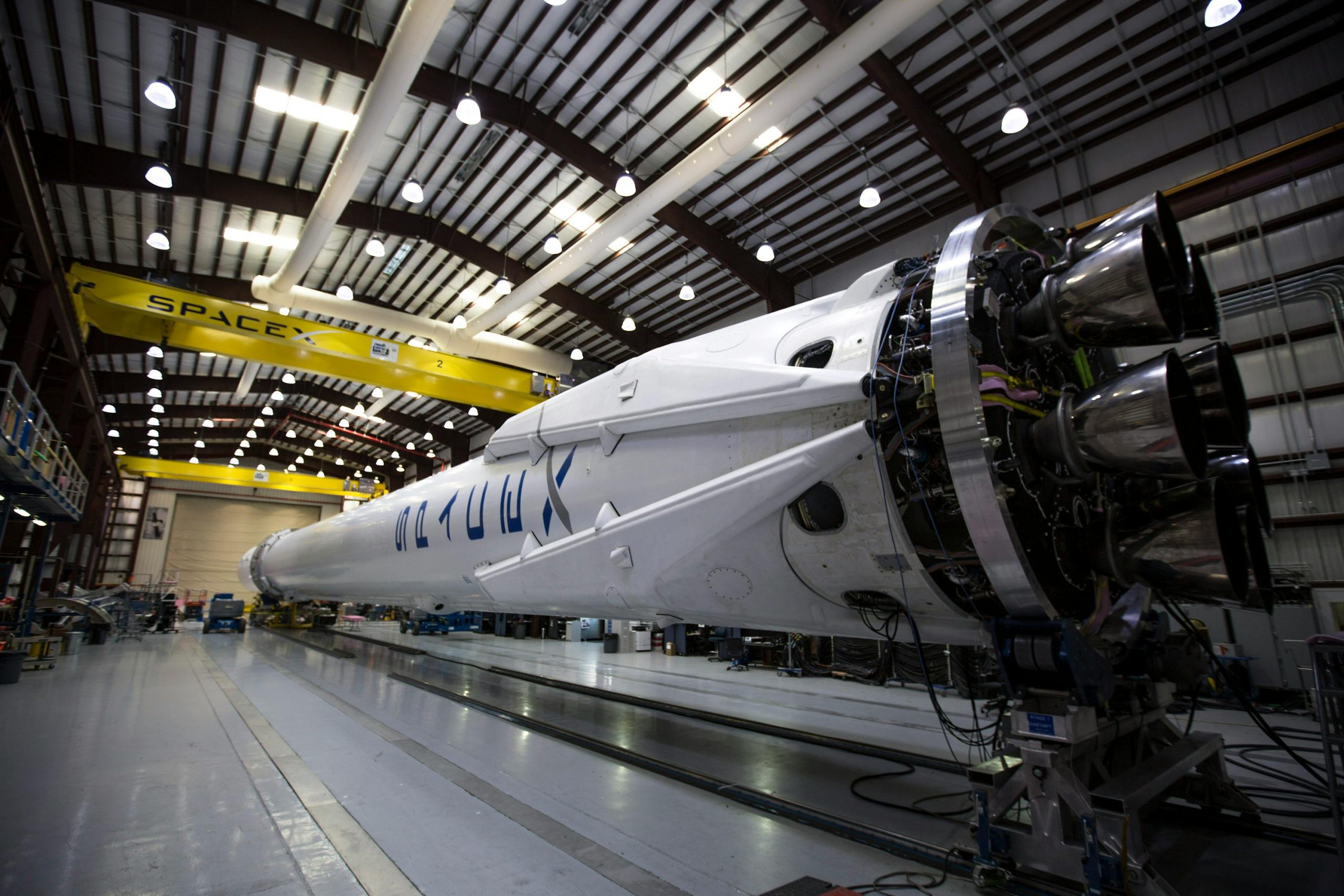Personal Insights: Analyzing the Discontinuity Thesis
Understanding the Discontinuity Thesis: A New Perspective on AI and Economic Transformation
As advancements in artificial intelligence continue to accelerate, many experts and enthusiasts are pondering the profound implications for our society and economy. Recently, I developed a conceptual framework I call the Discontinuity Thesis, aiming to shed light on the unique economic dynamics triggered by AI’s rise. I’d like to share this theory and invite your insights.
Exploring the Discontinuity Thesis
Unlike traditional industrial revolutions driven primarily by physical automation, AI represents a fundamental shift because it automates cognition itself. This is not merely about machines taking over manual labor but about replacing or augmenting human decision-making and problem-solving abilities on a massive scale. Such a transformation could induce a rapid and unprecedented economic realignment.
Core Elements of the Theory
-
AI-Human Competition and Job Displacement: When AI systems outperform humans in a variety of tasks, it leads to significant employment shifts. This competition might reach a tipping point sooner than expected, potentially causing widespread job displacement in the near future.
-
Economic Dependency and System Stability: Post-World War II capitalism relies heavily on employment and consumer purchasing power to sustain growth. If jobs diminish rapidly and the economy doesn’t adapt quickly enough, there’s a risk of systemic instability or collapse.
-
Game Theoretic Dynamics: The situation resembles a multiplayer prisoner’s dilemma—individual entities (companies, governments) find it difficult to collectively resist or slow AI development, even if they recognize potential risks. The mutual pursuit of competitive advantage pushes all stakeholders toward rapid AI deployment.
Analogy to Complexity Theory
I find it useful to compare this scenario to computational complexity, specifically P versus NP problems. AI reduces complex, hard-to-solve problems (NP) into simpler, verifiable tasks—making previously intractable problems manageable. Human involvement then shifts mainly to verification, which can itself be automated or handled by a specialized elite, serving as a legal or authoritative checkpoint.
Your Feedback
Is there an obvious flaw or missing piece in this reasoning? I’ve discussed these ideas with friends and some AI systems, and they generally reach similar conclusions. However, diverse perspectives are invaluable.
Additional Resources
For those interested in delving deeper, I’ve expanded on these ideas at https://discontinuitythesis.com/.
Conclusion
The Discontinuity Thesis offers a framework for understanding how AI might catalyze a disruptive














Post Comment